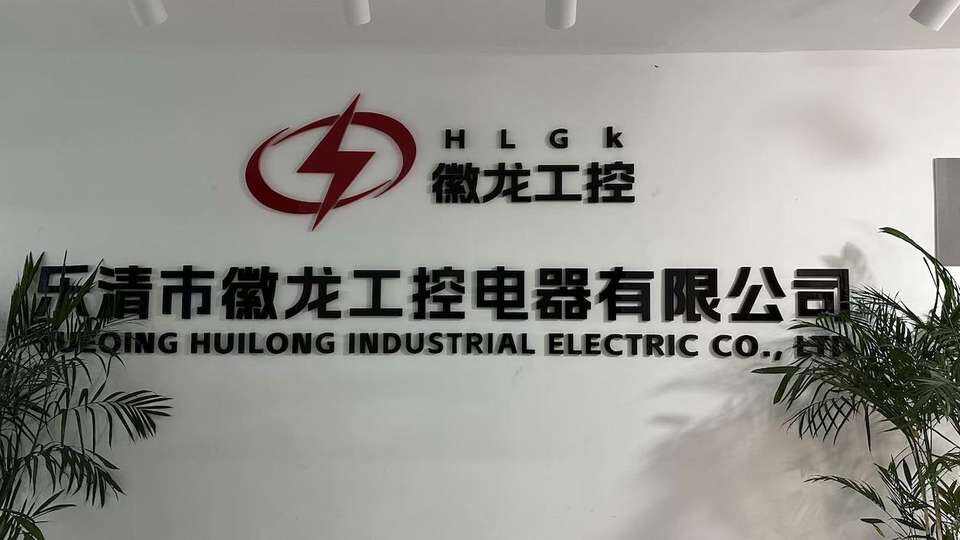Understanding Photoelectric Sensors and Their Operation
How Photoelectric Sensors Work
Photoelectric sensors operate by utilizing light to detect the presence or absence of an object. They typically employ a light source, often infrared, which bounces off an object and returns to the sensor. The main components of these sensors include a light transmitter, a receiver, and a decision-making circuit, which together interpret signals to determine the presence of an object. To enhance detection accuracy, photoelectric sensors allow adjustments in settings like sensitivity and response time, thus proving useful in a variety of industrial applications. It is noteworthy that these sensors can achieve response times of under a millisecond, making them ideal for high-speed processes, as evidenced by leading sensor manufacturers.
Common Applications in Industrial Automation
Photoelectric sensors have diverse applications in industrial automation. They are extensively used in conveyor systems for object detection, ensuring seamless operations without manual oversight. In the packaging industry, they play a crucial role in the precise placement and counting of items along assembly lines, thereby boosting efficiency. Additionally, photoelectric sensors are employed in safety systems, such as light curtains, to prevent accidental injuries by detecting when workers enter hazardous zones. Statistics from various industries using these sensors report a significant reduction in errors along with enhanced overall productivity, highlighting their critical role in modern industrial environments.
Types of Photoelectric Sensors: Which One Fits Your Needs?
Diffuse Sensors: Proximity-Based Detection
Diffuse sensors are essential for tasks requiring close-range detection. They work by emitting a light beam and measuring the reflected light's intensity to ascertain an object's presence. This makes them suitable for placement where sensors and objects can be aligned precisely, such as in packaging and material handling applications. Studies indicate that diffuse sensors have high precision, capable of detecting objects just a few millimeters in size, thereby enhancing the overall accuracy of industrial operations.
Retroreflective Sensors: Reliable Beam Reflection
Retroreflective sensors provide reliable detection thanks to their unique design, which requires a reflective surface to send light back to the sensor's receiver. This setup is effective for detecting large items over distances, such as pallets on conveyor belts, while minimizing detection errors from ambient light interference. Users have reported that retroreflective sensors maintain consistent accuracy in a variety of lighting conditions, making them ideal for dynamic industrial environments.
Through-Beam Sensors: Long-Range Precision
Through-beam sensors offer long-range detection with two separate units: an emitter and a receiver. They excel in applications where objects intersect a line of sight, such as robotic automation. Feedback from multiple testing scenarios shows these sensors are resilient, with minimal false detections, even against ambient lighting challenges, which enhances workflow precision. With detection ranges that can span several meters, through-beam sensors are vastly used in areas requiring extended detection capabilities.
Light-Operate vs. Dark-Operate: Choosing the Right Mode
Light-Operate Sensors Explained
Light-operate sensors are pivotal when the goal is to trigger an action upon the interruption of a light beam by an object. These sensors are highly effective in scenarios where the absence of an object prompts an immediate response, making them particularly useful in material handling and packaging processes. They ensure that each item is accounted for, reducing the risk of errors in production lines.
Dark-Operate Sensors Explained
In contrast, dark-operate sensors activate upon detecting the presence of a light beam when an object blocks it, rendering them ideal for monitoring gaps or spaces. This functionality makes them suitable for safety systems, ensuring that areas are clear before operations progress. By utilizing dark-operate sensors, industries can maintain operational safety and verify that items are appropriately accessed or removed.
Application-Based Recommendations
To determine the optimal sensor mode, assess the specific application requirements thoroughly. For tasks demanding real-time presence detection, a light-operate sensor is advisable. Conversely, a dark-operate sensor excels in situations where monitoring voids or spaces is essential. Additionally, consider environmental factors and project-specific needs to ensure the chosen sensor mode suits the operational conditions effectively.
Key Factors to Consider When Selecting a Photoelectric Sensor
Detection Range and Environmental Challenges
When selecting a photoelectric sensor, it is essential to consider both the detection range and the environmental challenges. The operational environment plays a significant role as factors like temperature fluctuations and humidity levels can impact the performance of photoelectric sensors. For instance, environments with high humidity or drastic temperature changes can lead to sensor malfunction or inaccurate readings. Moreover, analyzing the detection range that your application demands is crucial. Whether you require close-range detection or the ability to track objects at longer distances, selecting the appropriate sensor capable of maintaining accuracy over your required range is vital for ensuring operational efficiency.
Power Supply Requirements and Connection Types
Gaining a thorough understanding of a photoelectric sensor's power supply requirements and connection types is another important selection criterion. It’s crucial to check compatibility between the sensor model and the available power supply, as some sensors may necessitate specific voltage ratings for optimal performance. In addition, connection types like normally open or normally closed configurations need attention. These configurations significantly affect how a sensor integrates into existing systems, influencing aspects such as response speed and reliability. Ensuring that these configurations match your system’s needs helps in leveraging the full potential of the sensor and minimizing any integration challenges that might arise.
Output Configuration: PNP vs. NPN
The choice between PNP (sourcing) and NPN (sinking) output configurations influences the compatibility of a photoelectric sensor with various control systems, making it an essential consideration. Each configuration offers distinct benefits depending on the intended application. For instance, PNP outputs are typically favored for their compatibility with PLCs and automation systems, whereas NPN outputs might better suit alternative setups. It's advisable to consult the technical specifications provided by sensor manufacturers to make an informed decision. Ensuring the selected output configuration aligns with system requirements will provide smoother integration and enhanced operational functionality.







